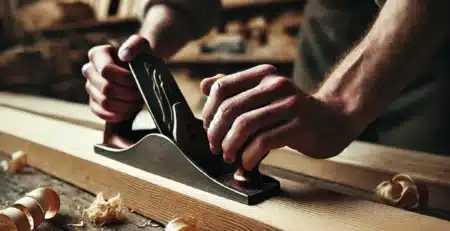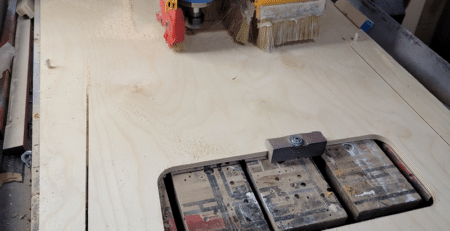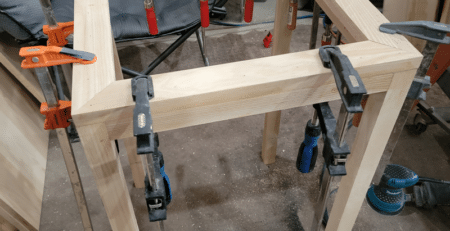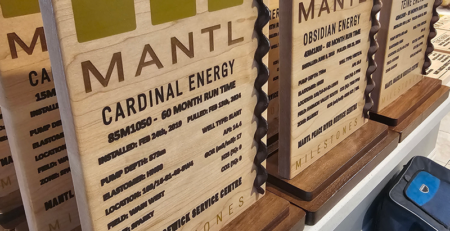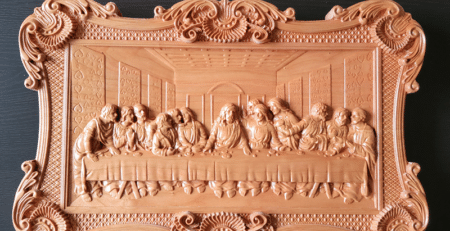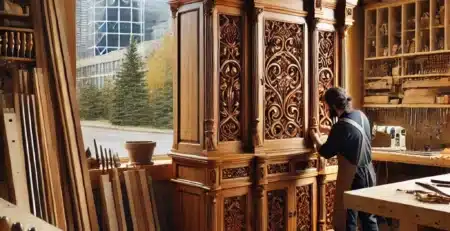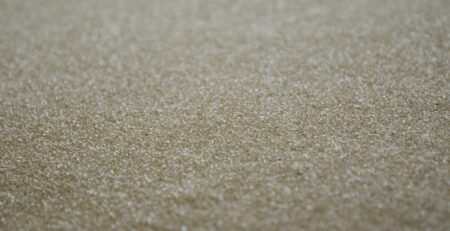Top Tips for Woodworking with Maple Wood
Maple wood has long been known for its durability. Like walnut, oak, and cherry, maple wood is on the top 10 list of preferred hardwood options for woodworking. It’s no surprise that maple wood comes from maple trees, which are found in abundance in Canada. Whenever people think of maple, the first thing that comes to the mind is more probably maple syrup or the Canadian flag. Well, for most people, it signifies beautiful and strong maple wood. Other than its durability, woodworkers choose maple wood to create furniture mainly because of its creamy color, its smoothness, its grain pattern and the beautiful blend of brown hues within the wood.
What are the characteristics of maple wood?
Woodworkers create furniture by using the sapwood of maple. This is white with reddish-brown hues. This color tends to deepen over time. Staining the wood brings out the natural color more. Because of exposure to oxygen and UV light, the natural color of the wood changes over time since maple wood is already light in color. It’s easy to spot change when the color turns from white to light golden over the years. This is one of the reasons why many woodworkers stain maple wood, no matter how tough it can be.
Its strength has made maple wood a popular choice for furniture. This wood is mainly used for hardwood flooring and kitchen accessories. Its durability allows it to be used in bowling allies as well. The variety of patterns found in maple wood is astonishing. It’s one of the reasons why creating furniture with maple wood is quite fun and unique. With fun variations like curly, birds’ eye, tiger, and wavy, woodworkers are free to select anyone depending on how they’re customizing their furniture.
Why use maple wood for woodworking projects?
Many woodworkers rely on their choice of wood to produce excellent furniture, regardless of what they’re building. A major reason why many woodworkers use maple wood is because of its strength, color, durability, and grainy pattern with multiple figures. To build any sort of furniture, polishing is definitely required, but with maple wood, even in its natural state, people can totally expect it to look unique and beautiful.
Most woodworkers match the patterns and grain colors to make sure they’re able to create the perfect, visually appealing furniture. From cutting the perfect pair of panels to saw thick maple stock, it’s important to make sure the tools being used are sharp, strong, and clean. Using sharp tools on hardwood is much safer than using dull tools that might cause silly accidents later.
Staining maple wood is a time-consuming process. It’s important to use a pre-stain conditioner to get rid of bumpy patches and blotchiness. The stain that’s being applied fills the cracks and pores in the wood. If every empty pore and crack is filled, the excess stain will overflow. This requires the woodworker to wipe off the excess stain. The woodworker then proceeds to use sandpaper to even out the stains. This is followed by wiping the entire product with linseed oil to finish it off.
The best part about maple wood is that it can blend in with any sort of unique style, which is what woodworkers are looking for while building furniture. They want flexibility. With its fine texture, smooth grain, and multiple variations, maple wood can brighten up the room instantly in any form.
What are the benefits of using maple wood?
- Availability: Maple wood is available globally in abundance. A shortage of maple wood is not possible in the long run.
- Easy to stain: Maple works well with all kinds of finishes and stains. Maple wood enables a uniform finish.
- Versatile: Maple wood can be used in any form to create multiple projects such as buildings, furniture, alleys, and cabinets.
- Scratch-resistant: Because of its malleability and toughness, maple wood is quite resistant to damage or deep scratches.
What are the different types of maple wood used for woodworking?
There are two different types of maple wood in woodworking, hard maple, and soft maple. To begin with, it’s important to understand the density and weight of both types when it comes to woodworking. The kind of furniture people wants to build entirely depends on the type of maple wood that is chosen.
Hard maple is the perfect choice for sturdy furniture such as benches, butcher boards, and desks. Hard maple is found in two different kinds, which are sugar maple and black maple.
Hard maple is found in abundance in southeastern Canada. Hard maple comes in a lot of varieties. Each kind has a specific grain pattern with small knots, which is known as a bird’s eye pattern. Such unique patterns appeal to woodworkers since they’re able to experiment with appearance. The physical properties of hard maple include shock absorption, endurance, high resistance, and malleability. It’s one of the strongest types of woods found. Hard maple can be turned and bent into any form regardless of how strong it is, which is why it’s quite popular for furniture that needs to be strong and durable. It requires high polish and needs to be worked on more than soft maple.
Soft maple, on the other hand, is quite similar to hard maple in appearance, but it isn’t as heavy and rigid as hard maple. Soft maple grows in swamps and river banks, unlike hard maple. This type of maple wood comes as red maple, silver maple, bigleaf maple, and boxelder. The color ranges from red to dark brown with white streaks, and because of its practicality, soft maple is used to build kitchen cabinet frames and other furniture parts with bird’s eye or curl patterns.
With multiple uses and forms, maple wood is popular for the right reasons. Maple wood can be found everywhere, from furniture shops to construction stores to bowling alleys. It’s a practical choice for woodworkers.



